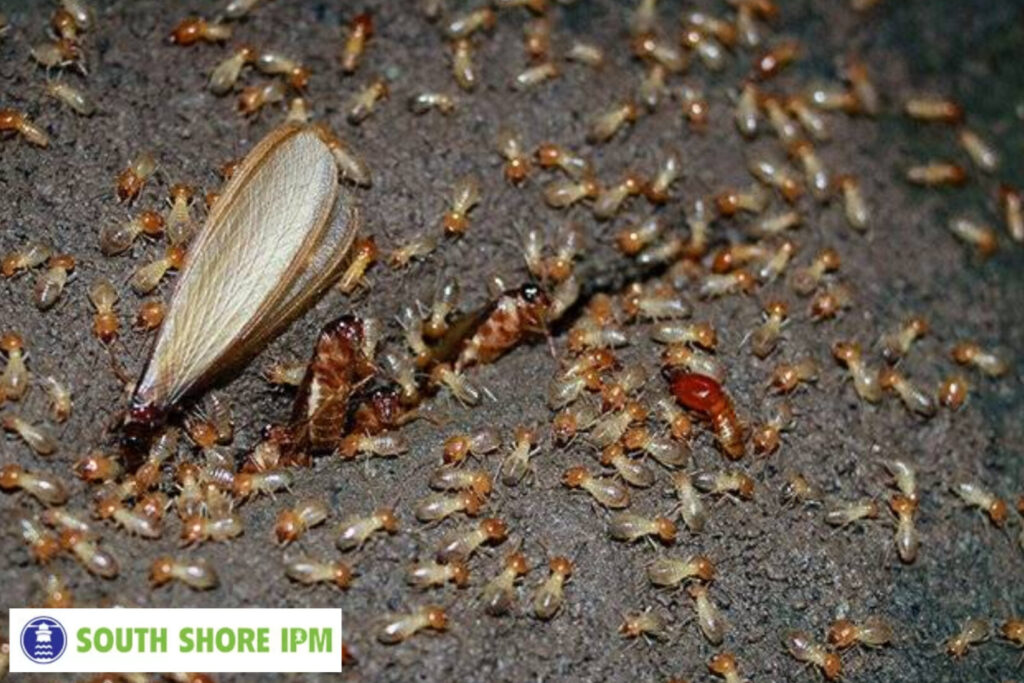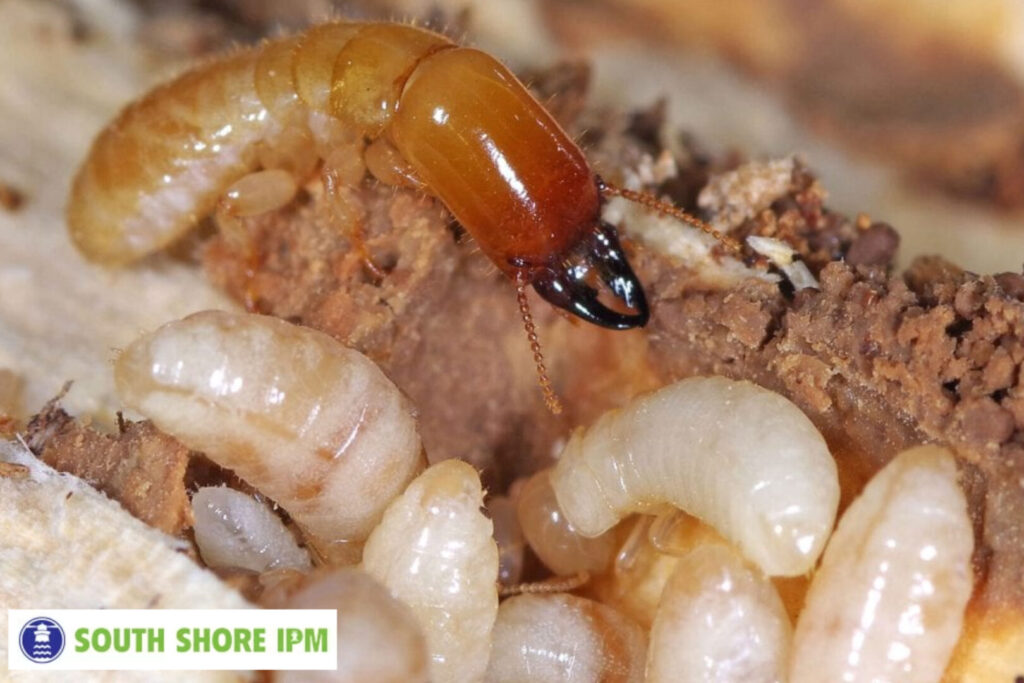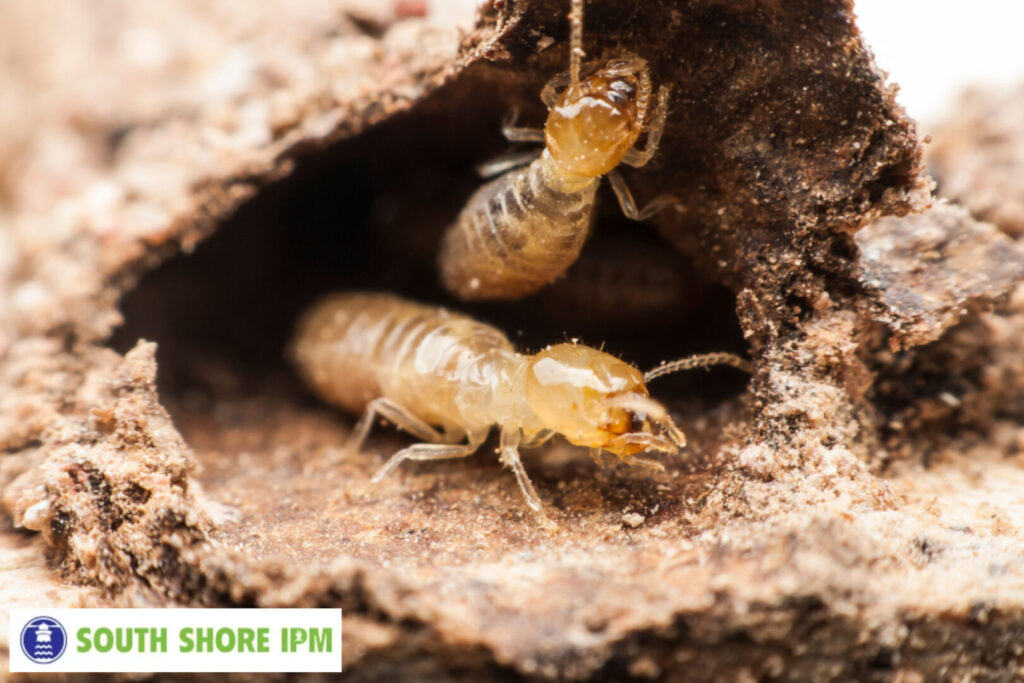Are Termite Swarms Dangerous? The Real Impact on Your Property and How to Act Fast
Termite swarms are an alarming sight for any homeowner. When you see these flying insects in large numbers, it’s natural to wonder: Are termite swarms dangerous to your property? The truth is, termite swarms themselves are not the immediate danger, but the presence of the swarm is a strong indication that you may have a much bigger issue on your hands. If you don’t act fast, the damage caused by termites can be significant and costly. In this article, we will explore what termite swarms are, how they affect your property, and what you should do to address the situation.
What Are Termite Swarms?
Termite swarms typically occur in the spring or fall, depending on the species of termite. These swarms are part of the reproductive cycle of termites, where winged male and female termites (also known as alates) leave their nest in search of new areas to establish colonies. The swarmers emerge from the ground or wood structures, leaving behind a mature colony that has been feeding on the wood for some time.
Are Termite Swarms Dangerous?
At first glance, termite swarms may seem intimidating, but it’s important to understand that the swarmers themselves do not cause significant damage to your home. They are only looking to reproduce and establish new colonies. The danger lies in the fact that their presence indicates that termites have already been feeding on the wood in and around your property for quite some time. If left untreated, termites can cause extensive damage to your home’s structure, weakening the foundation, beams, and other vital areas. One of the most telling signs of a termite infestation is the presence of termite tubes, which termites use to travel from their underground colonies to the wood in your home. These mud tubes are a clear indication of termite activity and should be addressed immediately to prevent further damage.
Signs of a Termite Swarm
When you spot a termite swarm, it’s a clear sign that you have an active termite infestation. But how do you know if you’re witnessing a termite swarm or simply a few stray insects? Here are some key signs:
- Presence of Winged Insects: The most obvious sign of a termite swarm is the appearance of winged insects. These are reproductive termites, often seen flying around windows, doors, and light sources.
- Shedded Wings: After swarming, termites shed their wings. If you find piles of wings around windows, doors, or near other entry points, it’s a sign that termites have been active in your home.
- Mud Tubes: Termites, especially subterranean species, build mud tubes to travel from the ground to wooden structures. If you notice mud tubes on your walls, foundation, or near your home’s exterior, it’s a clear indication of termite activity.
- Hollow Wood: If you tap on wooden structures and they sound hollow, this is a sign of termite damage. Over time, termites will tunnel into the wood, weakening its structure.
How Do Termite Swarms Affect Your Property?
While the swarming itself doesn’t cause direct damage, the underlying problem of a termite infestation can be catastrophic for your home. The damage caused by termites is usually hidden from view, as they work silently within the wood, eating away at the structure. Here’s how termites affect your property:
1. Structural Damage
Termites consume cellulose, the main component of wood. This means they can cause significant structural damage over time, particularly in areas like support beams, floor joists, and wooden studs. As termites feed, they weaken the wood, making it more susceptible to collapse. This damage can be costly to repair, especially if left unchecked.
2. Hidden Damage
Unlike carpenter ants, which create visible holes and galleries in the wood, termites are stealthy eaters. They often tunnel deep within the wood, leaving only a thin surface layer intact. As a result, termite damage can go unnoticed for a long time, only becoming apparent when the damage is severe. It’s crucial to act fast if you notice signs of a termite swarm or other indicators of an infestation.
3. Risk to Property Value
If termites are left unchecked, they can significantly reduce the value of your home. Structural damage caused by termites will often require extensive repairs, which can be costly. If you plan to sell your home in the future, potential buyers may be deterred by the possibility of ongoing termite issues, lowering the property’s value.
What Should You Do When You Spot a Termite Swarm?
If you spot a termite swarm or suspect that you have termites in your home, it’s important to take immediate action. Here’s what you should do:
1. Don’t Panic, But Act Fast
While termite swarms are alarming, it’s important to stay calm. The first step is to inspect your property for other signs of termite activity. Check areas like the basement, crawl spaces, attic, and around windows and doors for mud tubes, droppings, or hollow wood. The more you can learn about the infestation, the better prepared you will be when you call a professional Braintree pest control service.
2. Call a Pest Control Professional
The best way to deal with a termite infestation is to call a professional pest control company. Pest control Braintree experts can perform a thorough inspection and identify the full extent of the problem. They have the expertise to locate hidden colonies and provide the most effective treatment options.
There are different methods of termite control, including liquid treatments and baiting systems. A pest control professional can recommend the best treatment based on your situation.
3. Inspect and Repair Damaged Areas
If termite damage is discovered, it’s important to have it repaired as soon as possible. The longer you wait, the worse the damage can get. Work with a professional contractor to assess the damage and make the necessary repairs to restore your home’s integrity.
4. Prevent Future Infestations
Once you’ve dealt with the current infestation, it’s essential to take steps to prevent future termite problems. This includes sealing cracks and gaps in your foundation, ensuring that your home’s exterior is properly sealed, and removing sources of moisture that attract termites. Regular inspections by a pest control company will also help catch any new infestations early.
How to Prevent Termites from Returning
Prevention is key when it comes to protecting your home from termites. Here are some tips to help keep these destructive pests away:
- Eliminate Moisture Sources: Termites thrive in moist environments. Ensure that your home has proper drainage and fix any leaky pipes or faucets. Consider installing dehumidifiers in damp areas like basements.
- Seal Cracks and Gaps: Termites can enter your home through even the smallest cracks and gaps in the foundation. Seal any openings to prevent them from gaining access.
- Remove Wood and Debris: Keep firewood, lumber, and other wood debris away from the foundation of your home. Termites are attracted to wood and may use these piles as entry points.
- Regular Inspections: Regular termite inspections are crucial in detecting and preventing future infestations. Many pest control companies offer annual termite inspections as part of their services.

In Conclusion
Termite swarms may not be immediately dangerous, but their presence is a strong warning sign that you have a termite infestation that needs to be addressed quickly. Left untreated, termites can cause significant damage to your home’s structure, leading to costly repairs and a potential decrease in property value.
About South Shore IPM
South Shore IPM is your trusted partner in creating pest-free environments. We offer comprehensive pest control solutions, including termite control near me, to protect your home from destructive pests like termites. Our eco-friendly treatments and expert knowledge ensure that your home stays safe from future infestations. Serving Braintree and the surrounding areas, we are committed to delivering reliable and effective pest control services.







